The appearance of your skin is often a good indication of your overall health. There are many factors that can affect skin appearance, and it can be challenging to narrow down the root cause for any issue, whether it be acne or rosacea.
Following an investigation by a doctor or dermatologist, it often becomes apparent that imbalanced hormones are to blame. Understanding this is one thing; working out how to address it is another.
While once upon a time, hormonal skin issues were extremely difficult to deal with, advancements in technology have made treatments far more accessible and affordable. Continue reading to learn more about how hormones affect your skin and how InMode can assist.

The Top Hormones That Affect Your Skin
You’ve likely heard of these hormones before, but you might not be sure how they affect your skin health and appearance.
Oestrogen
As a crucial hormone in the female body, oestrogen plays a critical role in skin health. While it is produced in both male and female bodies, its levels are much higher in women.
In addition to regulating the menstrual cycle and playing a key role in fertility, oestrogen helps to maintain the production of collagen and elastin, two essential proteins for skin elasticity.
As women age and oestrogen production declines, they may experience a decrease in skin elasticity, resulting in wrinkles and sagging skin.
Progesterone
Another hormone that plays a key role in all aspects of fertility, progesterone’s primary functions are regulating menstruation and supporting pregnancy. In males, the hormone also assists with sperm production.
Progesterone levels naturally rise and fall in females depending on where they are in their cycle and their pregnancy status.
In addition, progesterone stimulates the production of sebum, which is an oil. An appropriate amount of sebum can give you a fresh, glowing look, while too much is likely to clog your pores.
Testosterone
Testosterone is typically associated with male fertility but is also closely linked to bone, muscle and fat mass. Low testosterone levels can decrease sex drive, less energy, weight gain, moodiness, and reduced body hair.
From a skincare perspective, the production of excess testosterone, which often occurs during puberty, can lead to the blockage of pores, causing hormonal acne.
As evident, having an equal balance of oestrogen, progesterone, and testosterone is key to achieving healthy, glowing skin in both males and females.
Common Skin Issues Caused by Hormonal Changes
Hormonal changes are something we all have to deal with. While there are certain stages in life where hormone levels are more likely to rise or fall — like puberty or menopause — in reality, these changes can occur at any time and can be particularly distressing for adults who believe they have moved on from adolescence and are too young for menopause.
Common hormonal skin issues caused by these changes include:
Hormonal Acne & Scarring
Acne is a common skin condition that is primarily associated with puberty but can strike at any time. Even once hormonal changes have slowed in frequency and intensity, scars can remain.
Dry, Flaky Skin
Dry, flaky skin is a common sign of hormonal imbalance and typically occurs during perimenopause and menopause. This link is due to a reduction in oestrogen and progesterone — hormones typically associated with fertility and also responsible for the stimulation of oil glands.
Oily Build-Up & Skin
Similarly, skin that is excessively oily is often linked to an increase in the production of oestrogen and progesterone, both of which have a natural tendency to rise and fall in line with the menstrual cycle.
Certain conditions, including polycystic ovary syndrome, are also associated with oily skin.
Wrinkles & Skin Sagging
From a skincare perspective, wrinkles and sagging skin typically accompany menopause when the production of certain hormones, including oestrogen and progesterone, decreases.
Oestrogen, for example, stimulates the production of collagen and elastin, both of which are essential for skin elasticity.
Hyperpigmentation
Hormonal hyperpigmentation can be hereditary and is more common in people with darker skin tones. While hyperpigmentation can be caused by a variety of factors, hormonal hyperpigmentation is marked by its symmetrical patterns. It can’t be cured, but it can be managed.
Solutions for Skin Issues
Hormonal conditions can be challenging to diagnose and manage. Fortunately, skin-related symptoms are visible, and there are non-invasive technologies that can assist.
Non-invasive Face & Body Contouring
InMode’s range of non-invasive face and body contouring machines are designed to revitalise the appearance of skin with little to no downtime.
The Morpheus8, for example, delivers deep RF energy to multi-level depths, stimulating collagen production and reducing the hormonal symptoms associated with ageing.
Other non-invasive face and body contouring machines include Evoke, EvolveX, Plus, BodyFX and MiniFX.
Minimally-Invasive Face & Body Contouring
Minimally-invasive face and body contouring machines are equally as effective at improving the appearance of the skin, particularly skin that has been affected by hormonal changes.
EmbraceRF, for example, is a facial contouring machine that can be used to counteract the effects of ageing, including sagging skin around the face and neck.
Other minimally-invasive face and body contouring machines include BodyTite, FaceTite and AccuTite.
Pigmentation Removal
If you suffer from hyperpigmentation, you know how frustrating it can be to try to hide those dark spots and uneven skin tones. While hormonal hyperpigmentation can be more difficult to treat than other types, there is still hope.
Innovative technology, like the Lumecca, can be used to effectively reduce the appearance of hyperpigmentation with minimal recovery time required.
Find an InMode Partner Clinic Near You
InMode strives to make it easy for clinicians to deliver advanced and innovative skin treatments to their clients. Contact our team today to learn more about our range of devices and how we can help you better meet the needs of your patients.
Alternatively, if you’re an individual seeking treatment for a hormonal skin issue, visit our ‘Find a Provider’ page today to find a clinic near you.




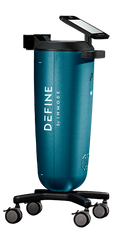
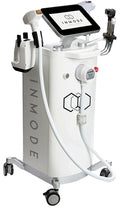

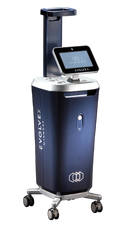
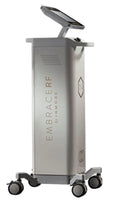
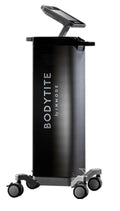

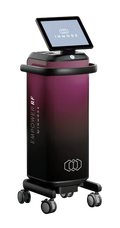
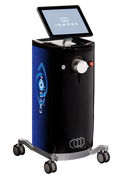

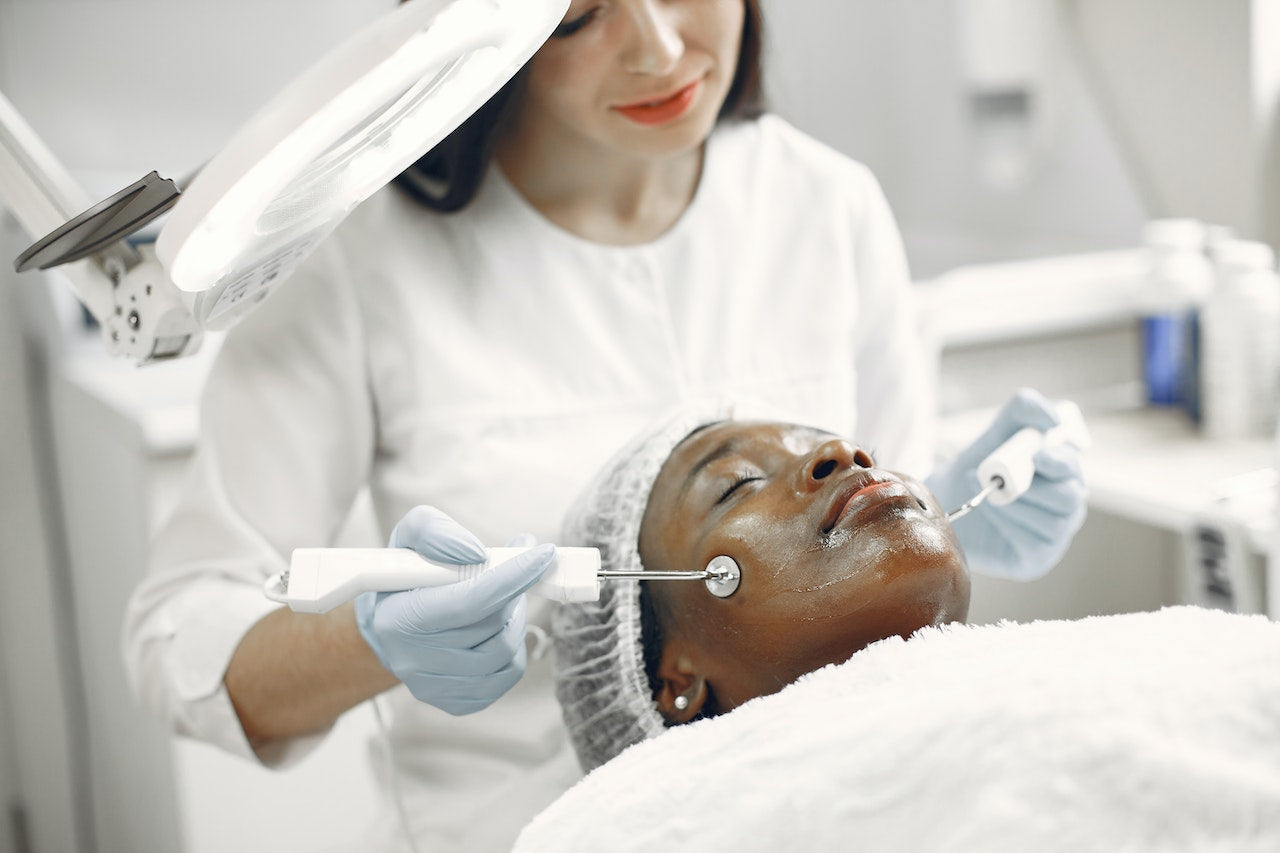
Leave a comment
All comments are moderated before being published.
This site is protected by reCAPTCHA and the Google Privacy Policy and Terms of Service apply.